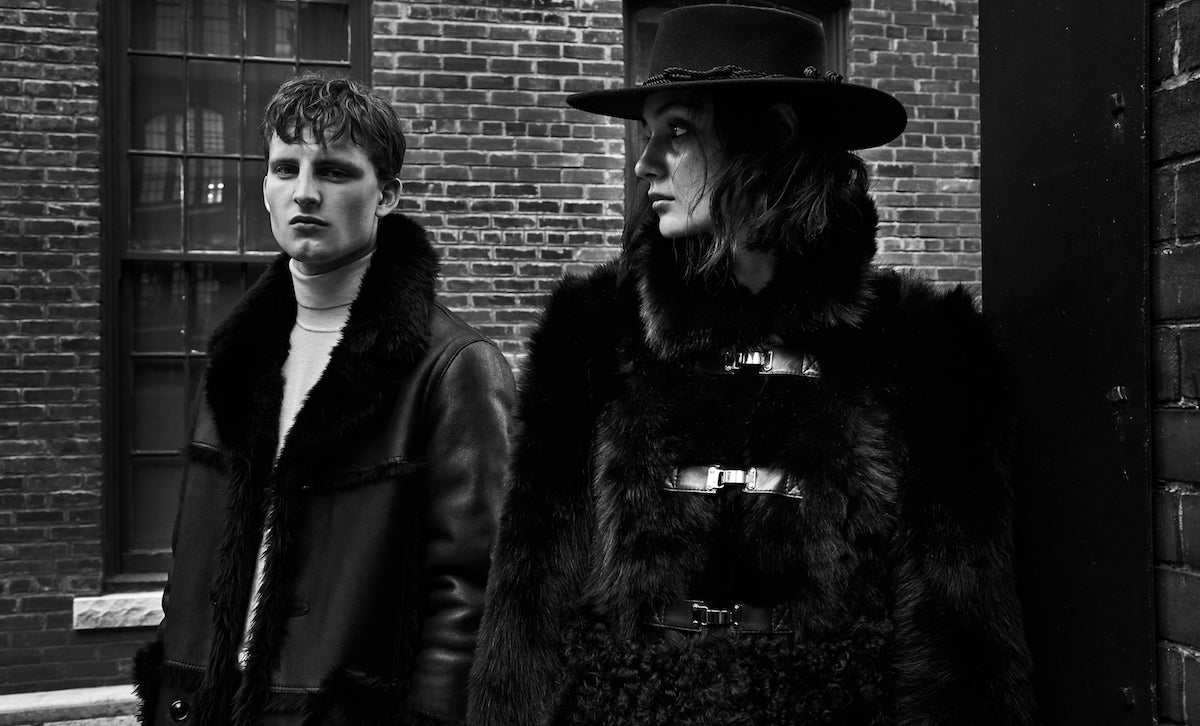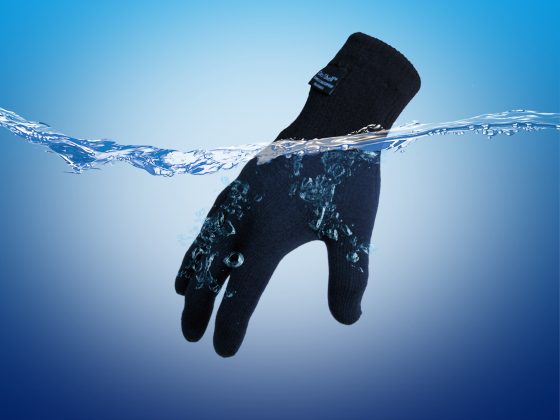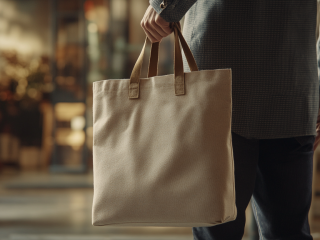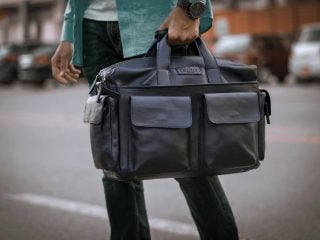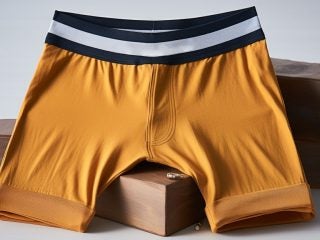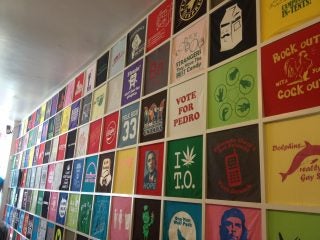“Oh, Mark, there’s someone here to speak with you,” a young woman calls to a handsome man standing in a blazer and jeans within Lumas Gallery in Toronto a few weeks ago.
The man smiled with only a hint of impatience. “I’m not Mark,” he said. “I’m Karl.”
“Oh,” the woman said, flustered. “You guys just look so much alike.”
That must happen a lot when you’re identical twins, like Mark and Karl Matar of HiSO. While they may sometimes seem interchangeable to the people around them, however, the luxe winter coats that hung from racks stationed around the gallery looked as singular as the art photographs on the walls. There was the “Delton,” a reversible leather motorcycle jacket that recalled Marlon Brando in his The Wild One prime. “Ariel” combined a traditional aviator jacket with a shearling collar that would have been perfect when Charles Lindbergh was piloting the Spirit of St. Louis. The standout, however, was simply called “Rebel,” which uses double faced merino Napa curl wool, Spanish shearling and is described as a “vintage style rancher,” which means it would basically look amazing on almost anyone.
The party at Lumas was a celebration of HiSO’s more than four decades in the high-end outerwear business, with price tags that put it in the rarified company of Moncler and few others. According to Karl, the firm’s longevity and success was by no means certain, however. It involved not only creating collections of outstanding coats but taking them directly to the key fashion industry insiders who would champion them.

“It’s not easy. They don’t know you,” he says. “We had to schlep up and down Seventh Avenue until somebody would listen.”
HiSO had some built-in advantages up its sleeve, however. The company began in 1975 as a wholesaler, which Karl says means the finer points of manufacturing are a core part of its DNA. About 15 years ago, however, HiSO started to be more proactive in developing its brand, not long after the business passed from the founders to their twin boys.
“We were articling at the same firm, and we even quit at the same time,” Mark recalls. “Our parents came to us and it was a situation where either we were coming in or (the business) would start winding down. They had reached an age where they didn’t want to have all that responsibility.”
Since then, HiSO has deliberately looked beyond its Canadian roots to international markets, starting with the U.S. and now expanding into Europe. HiSO is also “vertically integrated,” which means it both makes its products as well as markets and sells them. This means it has more at stake in the overall quality and the experience its customers have, Karl says.
“We can tell if it’s sitting on the rack properly or not,” he says, adding it brings as much care to the production process as the end results.
“We’re unionized, we take care of our people. We make sure we have the right tools, the right environment.”
As for what comes out of that environment, the Matar brothers are seeing a trend towards looser fits, with more exposed wool and other elements that offer a rugged, masculine element to the high-end fabrics that are only sourced from tanners who obtain hides from animals that die of natural causes. HiSO spends money on tanning equipment designed to minimize environmental impact.
“Customers appreciate that quality. They’ll pay for it,” Karl says. “The days of fast fashion . . . they’re not necessarily numbered, but it is not what it was. It’s wasteful. Why not buy a proper coat that lasts?”




